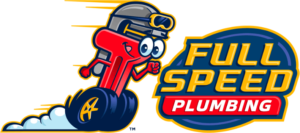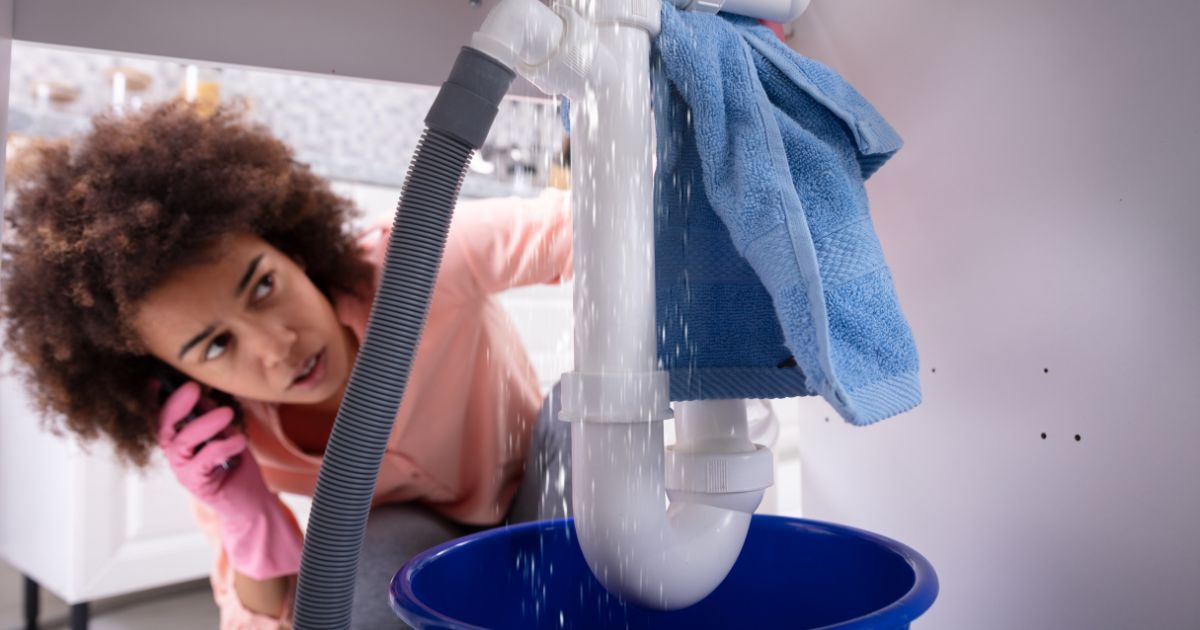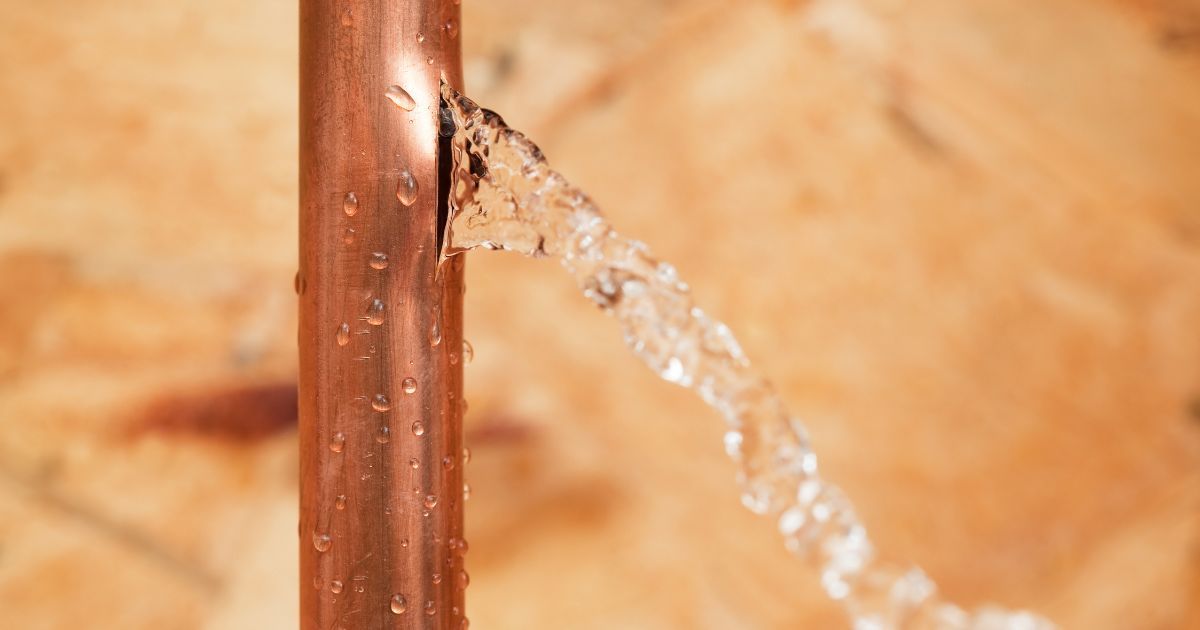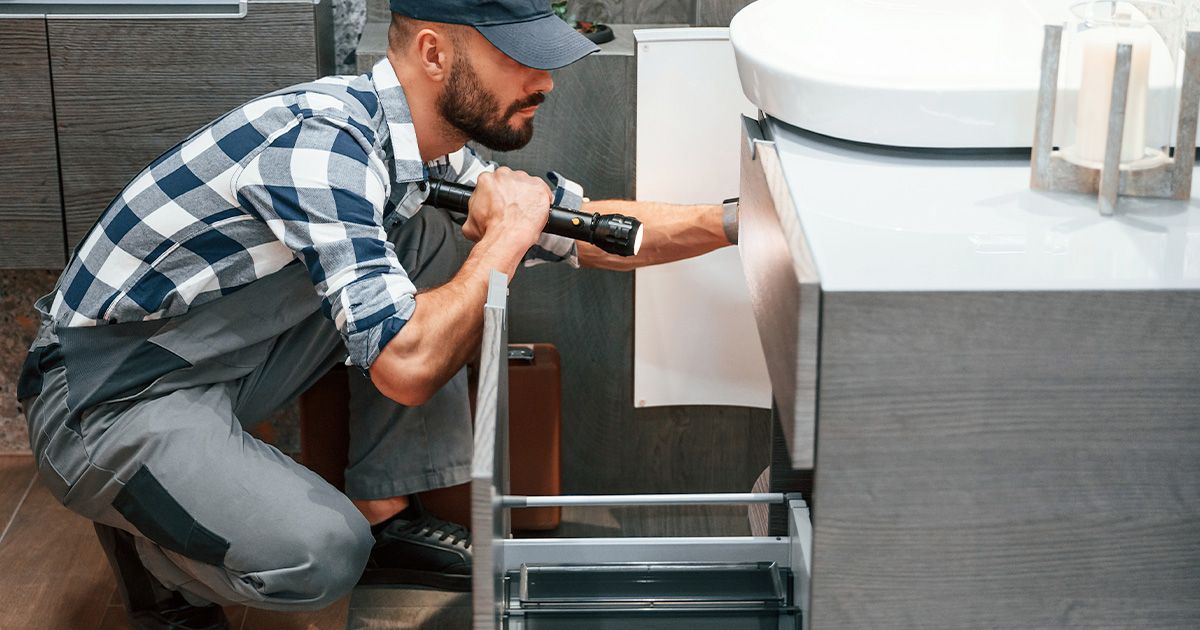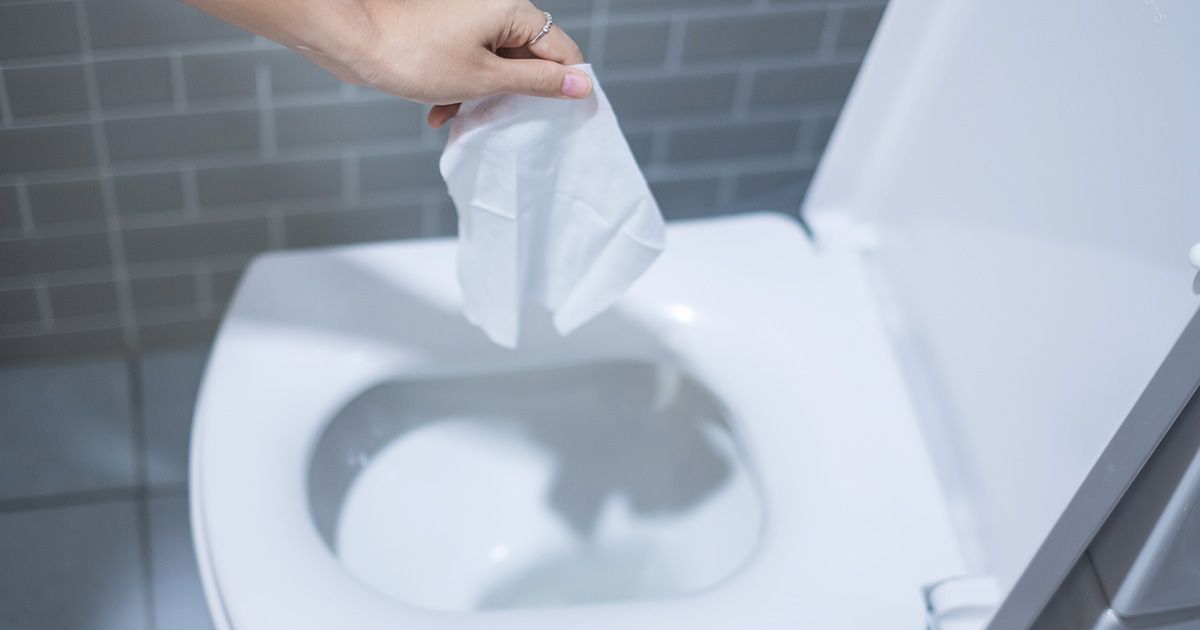Why Is My Water Heater Leaking?
No matter the season, your home relies on hot water for daily activities and your comfort! While warm baths and dishwashers are luxuries, both still contribute to the comforting and easy lifestyle homeowners desire. Water heaters are the appliance that supply our homes with hot water, and unfortunately can malfunction from time to time. A common water heater problem in Mount Vernon, WA and surrounding areas is the unit leaking. This can create a stressful situation for you and your home, because of the damage and discomfort it can cause. In this blog, we discuss reasons your tank and tankless water heater in Skagit County, WA may be leaking and how to avoid the situation altogether.
How Do Water Heaters Work?
To understand why water heaters leak, it is important to know how the system operates. Two common types of water heaters in Mount Vernon, WA are tank and tankless. The system is similar in ways such as operating via thermostat, but different in heating processes. Below are simple descriptions of how each system works.
Tank Water Heater: A tank water heater, also known as storage tanks, are the most common type of water heater used by homeowners. Water is stored in a cylinder storage tank and typically tucked inside a utility closet, garage, or basement. Tank water heaters can have multiple sources of energy, but the most common are natural gas and electricity. To begin the process, water is transferred into the bottom of the tank. The burner or heating element is located at the bottom of the tank and heats up the cold water. As the water reaches the correct temperature, it rises to the top of the tank. When prompted, hot water exits the top of the tank and is distributed throughout your home. Tank water heaters have hot water ready to go when you need it, but can run out of hot water if the demand is too high at once!
Tankless Water Heater: While tank water heaters are the most common, tankless water heaters offer just as many benefits! As the name suggests, tankless water heaters do not require a storage tank. All of the components, such as the heat exchanger, are packaged inside a small unit placed where a typical water heater tank would be located. The system produces hot water on demand rather than having it ready in a tank. Tankless water heaters commonly use electricity, natural gas, and propane as a fuel source to heat up the water. When prompted, water begins to travel through your home and heats up using the energy source simultaneously. One of the biggest advantages of a tankless water heater in Mount Vernon is having an endless supply of hot water!
At Full Speed Plumbing, our technicians are well prepared to install both tank and tankless water heaters for your home in Skagit, Snohomish, Pierce, and other surrounding counties!
Causes Of A Tank Water Heater Leak
Unfortunately, appliances dealing with water can have the risk of leaks and home damage. Dishwashers, washing machines, and water heaters can all malfunction and result in water seeping into your home. However with proper maintenance and care, you will experience little to no malfunctions and stressful situations! If you are dealing with a leaking water heater in Oak Harbor, WA and surrounding areas, we can help identify the cause and quickly provide a solution. Below are four reasons your tank water heater may be leaking.
- Cracked Tank
- High Pressure
- Faulty Drain Valve
- Corroded/Old Tank
Cracked Tank
Overtime, sediment can build up on the bottom of your storage tank. This is caused by natural minerals in the water. If your water heater is not cleaned regularly, the sediment build up can lead to a crack and water leak.
High Pressure
Due to dealing with hot water, water heater tanks can build up pressure inside. Water heaters have a temperature and pressure valve, also known as the T&P valve, which works to relieve built up pressure inside the tank. The valve can malfunction and allow pressure to build up. Hot water can create steam and fill up the empty space inside the tank. When the steam becomes too much, it has nowhere to go and creates cracks in your water heater to relieve pressure.
Faulty Drain Valve
Tank water heaters have a drain valve for homeowners to utilize and Full Speed technicians to access for maintenance and repairs. Drain valves can loosen over time and create a slow water leak. However, if water is leaking from the base of the valve your water heater may require a new drain valve. A Full Speed Plumbing technician can help identify the problem and direct you towards the best solution.
Corroded/Old Tank
Like many home appliances, water heaters do not last forever! A typical water heater lifespan is around 20 years if well maintained. Components wear out as the water heater ages, which leads to leaks occurring more frequently. Water heaters can also corrode over time, especially the anode rod. When this happens, water leaks through the corroding rod and causes damage to your home.
Causes Of A Tankless Water Heater Leak
Believe it or not, tankless water heaters can leak too! Below are three reasons your tankless water heater may be leaking.
- Hard Water
- High Pressure
- Improper Venting
Hard Water
Hard water is water that has high mineral content. If hard water is present in your water heater, the minerals can build up over time and affect the heat exchanger or other components of the system, which leads to a water leak. It is important to be aware of hard water in your home for many reasons, but especially to avoid tankless water heater leaks!
High Pressure
Tankless water heaters require low flow rates for efficient performance. If the pressure exceeds the water heater’s low flow rate, it may cause water leaks and other problems within the system.
Improper Venting
Due to water heaters operating with heat and water, the system requires proper ventilation to avoid condensation. If not properly vented, condensation can form on or inside your water heater and result in water leaking.
Your comfort is our top priority, and the Full Speed Plumbing technicians are here to ensure you never experience a stressful or uncomfortable situation. If your water heater is leaking in Mount Vernon or surrounding areas, give us a call for a speedy solution!
